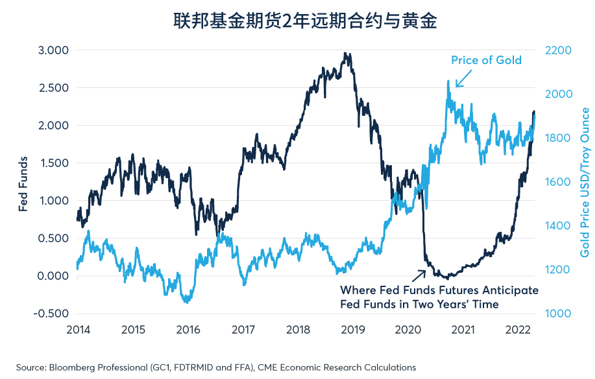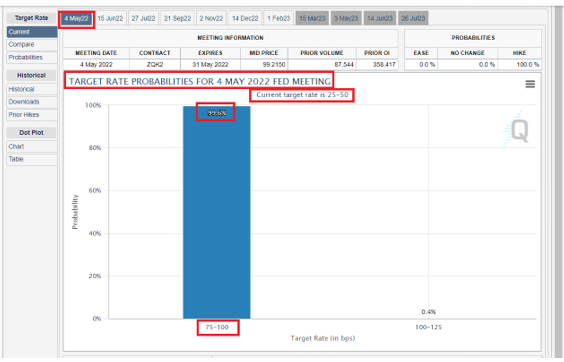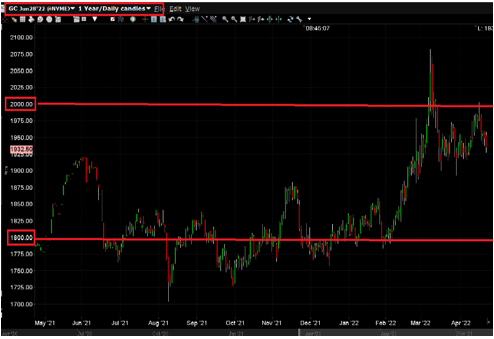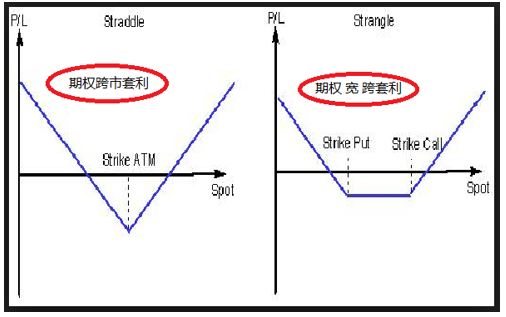The current trend of world gold prices can be simply summed up in one sentence, that is, gold prices are struggling tenaciously between the two splints of high interest rates and high inflation.
We all know that the price of gold is negatively correlated with the trend of long-term interest rates in the United States. Theoretically, the higher the interest rate, the lower the price of gold. This is because the holding cost of gold will increase with the increase of interest rate. As the cost of holding positions increases, the actual income will naturally decrease. That's why interest rates are gold's biggest enemy.
But at the same time, textbooks also tell us that the price of gold is positively correlated with inflation. Gold is the sharpest weapon against inflation.
How Interest Rate and Inflation Affect Gold Price
ErikNorland, executive director and senior economist of Chicago Mercantile Exchange, also published an article earlier, "Is gold about to break through the narrow trading range? ", mentioned that the rising inflation rate should theoretically push up the gold price, but investors expect the Federal Reserve to raise interest rates to fight inflation, which may prevent the gold price from rising and eliminate the impact of rising inflation rate on the gold price.
Figure 1: Gold prices usually move in the opposite direction to Fed interest rate expectations
What the gold market now faces is that the Federal Reserve seems determined to keep inflation down. According to the forecast of FedWatch, an analysis tool of Chicago Mercantile Institute, the interest rate of the Federal Reserve Bank's open market meeting shows that there is a 99.6% probability that the interest rate will increase by 0.50% at the next meeting on May 4th (Figure 2).
Figure 2: FedWatch, an analysis tool of Chicago Mercantile Institute, predicts that the Federal Reserve will raise interest rates on May 4
Global inflation is already a well-known fact, so it will not be discussed in detail here.
Under such circumstancesIn my personal opinion, the Chicago Mercantile Exchange gold futures (product code: GC), which is regarded as one of the world gold price pricing benchmarks, is very likely to continue to fluctuate in the price gap between US $1,800 and US $2,000 in the foreseeable future (Figure 3).
Figure 3: Trading range of expected gold price
Gold option trading strategy: wide-span arbitrage vs cross-market arbitrage
So how do we trade in such a gold market? First of all, we must realize that there is no trend in the current gold price. For the above two reasons, the price of gold can only move within a limited range. Many technical analyses and strategies of such trend trading are not applicable in the current gold market.
In addition, the market price is caused by the liquidity of the market, and sometimes it has nothing to do with fundamentals and technology. The daily trading volume of gold futures (GC) market is dozens of times that of gold spot market. All kinds of investors, speculators, arbitrageurs and hedges make full use of gold futures market and other derivatives markets every day to achieve their own goals.
That is to say, it is not a perfect reason to explain the daily price of gold futures market. How to use gold derivatives to avoid "touching the top", "throwing the bottom" and "chasing up and killing down" in volatile trading? Option wide-span arbitrage (Strangle) is one of the best choices.
Cross-market arbitrage of options consists of buying flat call and put options with the same maturity date (left side of the figure below). Option wide-span arbitrage (Strangle) is composed of imaginary call and imaginary put options with the same maturity date (right side of the figure below).
With the protection of option wide-span arbitrage, when the market fluctuates in retracement, it can boldly throw high and suck low within a wide-span price range.
OptionWide-span arbitrage and cross-market arbitrage not only look different in form, but also require different option insurance premiums. More importantly, the Gamma values of the two positions are different, and the change curves of Gamma values are also different.
To sum up, with the protection of options cross-market arbitrage and wide-span arbitrage, trend traders will have more confidence in the general direction of the market, making every "blockade retracement" an opportunity to establish new futures positions.
$E-mini Nasdaq 100 - main 2206(NQmain)$ $Gold - main 2206(GCmain)$ $Light Crude Oil - main 2206(CLmain)$ $Palladium - main 2206(PAmain)$ $Silver - main 2203(SImain)$




Comments